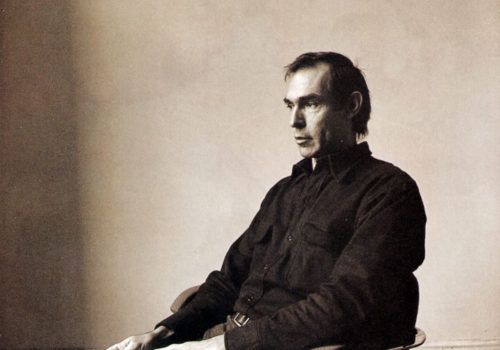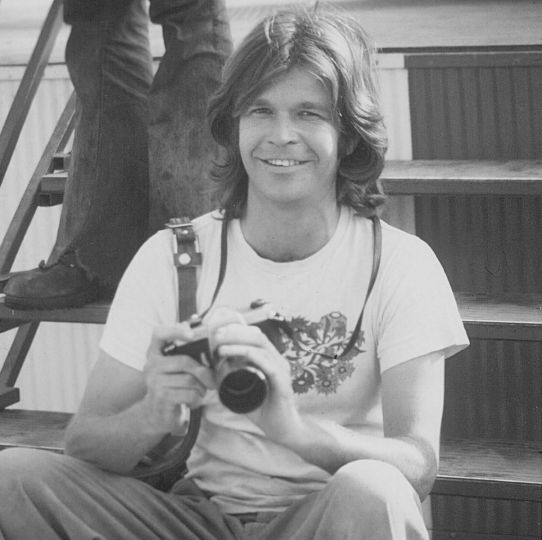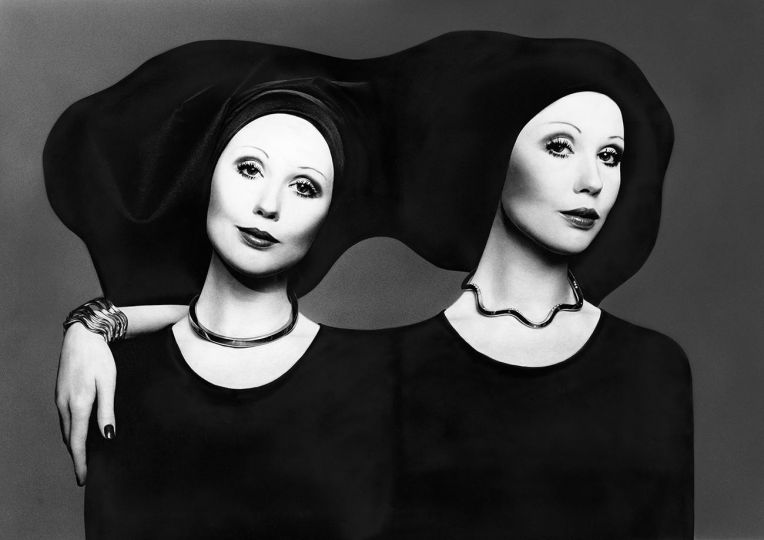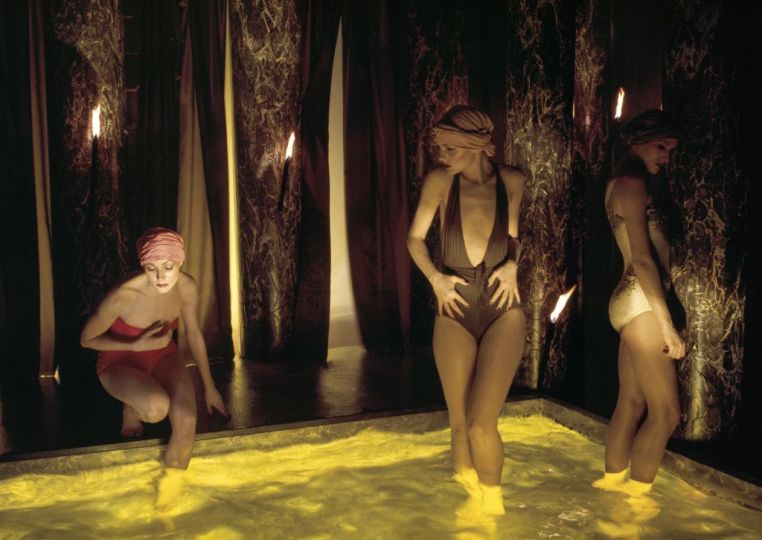Peter Hujar is in many ways the prototypical lost photographer of the AIDS generation. Revered by critics, intellectuals, and photographers as diverse as Richard Avedon and Lynn Davis, his work influenced many but is known by few. For Hujar, New York was the perfect subject. Whereas most photographers attracted to the city concentrate on one aspect of its life, he was fascinated by it all. His files reveal street scenes, the famous, his friends, his friends’ pets and children, and people he barely knew. He was drawn to the piers, the circus, empty streets, as well as the hustling street life of the city. Through all of the work runs a streak of melancholy that is its own poetry. Whereas Arbus photographed her subjects from the outside, Hujar’s pictures come from the inside.
Jarnes Danziger, owner, Jarnes Danziger Gallery, New York
Peter Hujar was born in New Jersey in 1934. In 1975 he moved into a loft in downtown Manhattan that became the setting for many of the photographs in his book Portraits in Life and Death, and it was at this point that the world began to notice his work. Hujar’s photography was more accepted in Europe than in America, but in recent years that has begun to change. ln 1990 the Grey Art Gallery of New York University rnounted the first major retrospective of Hujar’s work. And in the past year his photographs have been acquired by the Museum of Modern Art in New York and the Museum of Modern Art in San Francisco. Hujar died in New York in 1987.
















